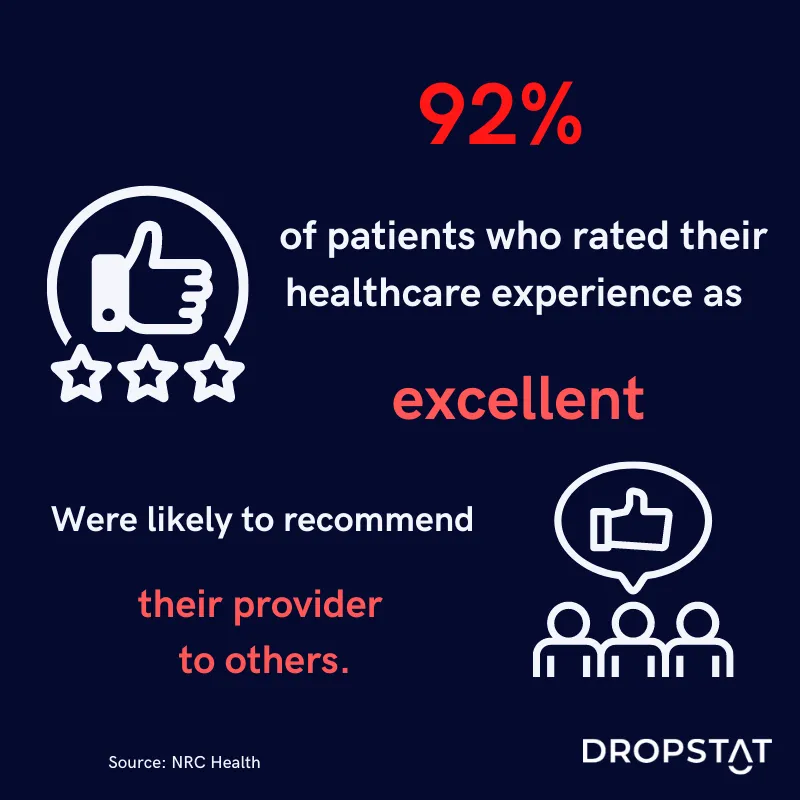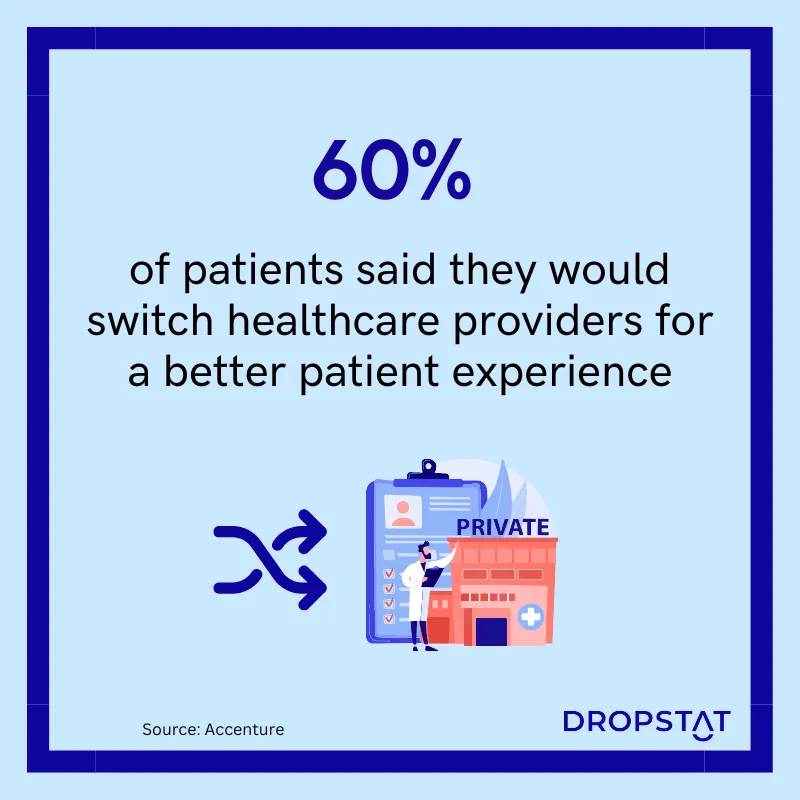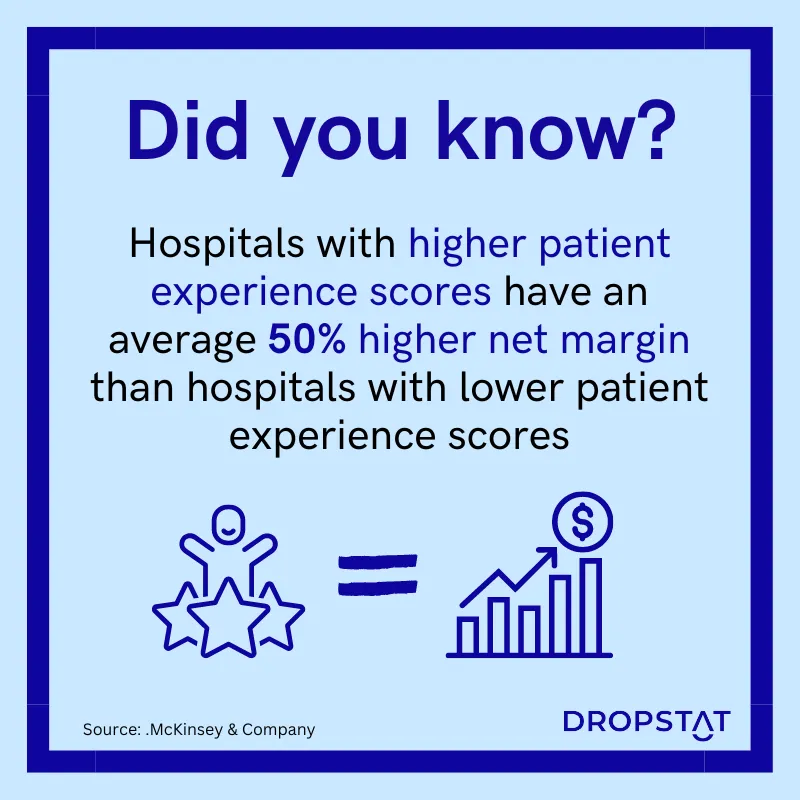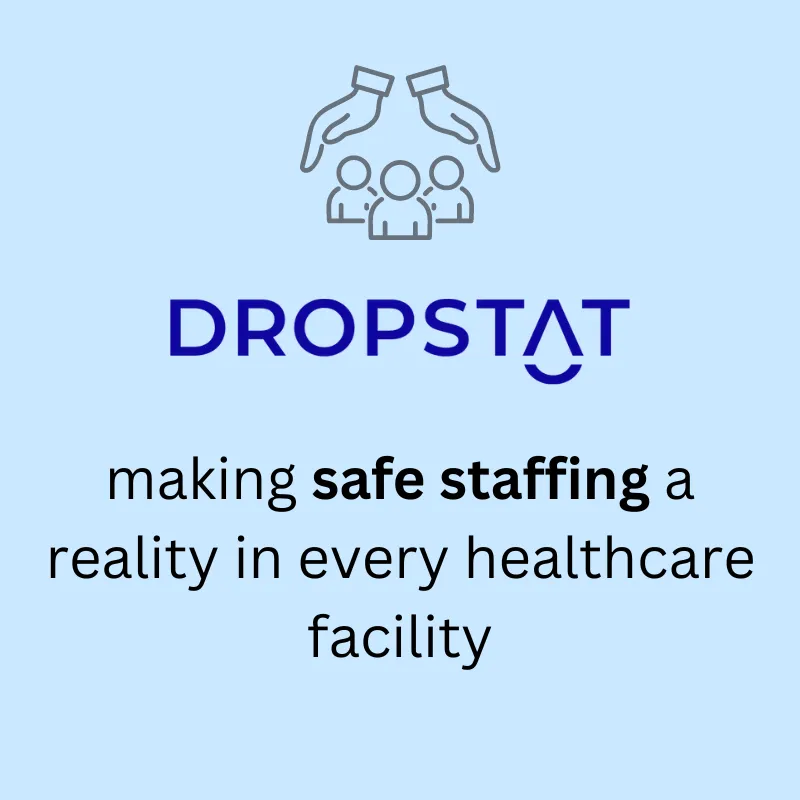What is patient experience?
Patient experience refers to the sum of all interactions that a patient has with a healthcare facility, including interactions with healthcare providers, support staff, and the physical environment. These interactions may include communication with providers, including doctors and nurses, care coordination, timely access to quality medical care, and advanced technology, among other aspects.
Although patient experience is similar to patient satisfaction, they consider different aspects of care. Patient satisfaction refers to a patient’s analysis of whether the care they received met their standards. In contrast, patient experience is affected by the way consumers perceive the different interactions that comprise their care.
Factors that affect patient care experience
The multifaceted nature of healthcare services requires integrative approaches to provide patient-centered care and effective patient-provider communication. Positive patient experience ratings also demand continuous quality-improvement efforts such as increased care coordination. Some factors that affect patient experience include:
- Inadequate attention from care providers
- Lack of communication and ineffective treatment plans
- Inadequate care continuity
- Poor staff training programs
- Long wait times
- The condition and cleanliness of the facility
Insufficient time with providers
Patients who feel they do not receive enough time with their care teams are more likely to view their providers negatively. Furthermore, it becomes more difficult for patients to relay the scope of their health issues without extensive conversations with clinicians, which may lead to incorrect diagnoses and prescriptions.
Ineffective communication and treatment plans
The inability to increase patient-centered care through effective communication leads to implementing treatment plans that do not consider a patient’s entire lifestyle. Treating patients as clients inhibits providers from collaborating with their patients to determine what factors may interfere with their treatment. Instead, clinicians may generate plans that are not suitable for their patient’s needs.

Inadequate care continuity
Disconnected care teams and services contribute to health systems that are not equipped to provide comprehensive care. Without ongoing follow-ups and more cooperative providers, patients receive more fragmented care, higher costs, and a worse patient experience.
Poor staff training
Healthcare staff lacking proper onboarding and training may feel less supported and motivated within their roles. For example, the inability to address frustrated and emotional patients can negatively impact the patient’s perception of their provider’s competence. But, ensuring that your staff is committed to the facility’s mission and goals through in-depth training programs helps promote a better patient experience and employee satisfaction.
Long wait times
Long wait times can be frustrating and negatively impact a patient’s experience. This includes waiting times to schedule appointments, see a healthcare provider, and wait for test results.
Facilities and amenities
The condition and cleanliness of healthcare facilities and the availability of amenities such as comfortable seating can impact a patient’s experience.
Patient experience surveys
To carry out processes that enhance healthcare systems, healthcare organizations must acquire factual data through patient experience surveys. One widespread survey that is used to collect this data is HCAHPS (Hospital Consumer Assessment of Healthcare Providers and Systems). This survey ensures standardization across healthcare institutions and gives organizations helpful insight into their operations and the aspects of healthcare delivery that are most fundamental to patient experience.
The HCAHPS survey generates data that can be used to analyze patients’ views of their care in addition to public reporting, which encourages healthcare providers to focus on improving care quality. Methods such as increasing care coordination to increase funding and a positive public image are some techniques that can be used to promote better quality care.
It is crucial to collect data regularly, giving your healthcare facility a more holistic view of the trends and changes in patient experience within your healthcare organization. After gathering the survey results, facilities should identify which care experiences require the most improvement to generate action plans.

7 tips on how to improve patient experience
Determining which techniques have the most significant impact on patient experience is critical to improving your healthcare operations. Here are some strategies that can be integrated into your facility:
- Emphasize patient-centered care
- Prioritize effective communication
- Increase care coordination
- Identify quality improvement goals
- Increase patient engagement
- Prioritize staff training and wellness
- Use advanced scheduling systems to guarantee clinical safety
- Emphasize patient-centered care and communication.
Healthcare providers that strive to include all aspects of a patient’s life in their care are more likely to improve patient engagement. When patients partner with their providers throughout the healthcare process, their preferences are more easily incorporated into their prevention and treatment plans, which supports better patient experience and health outcomes.
For example, verifying that the electronic medical record within your institution contains features that allow patients to understand their medical history better, allows them to play a more active role in their care. This increases quality assurance by enabling nurses to establish treatment plans that align with their patients’ lifestyles.
2. Prioritize effective communication
Enhancing patient-provider communication helps patients feel more understood and reduces wasted resources and services within your facility. Using tools that make healthcare communication more effective also increases health outcomes by promoting greater health literacy among patients. This enables patients to be better equipped to adhere to their treatment regimen.
3. Increase care coordination
In many cases, healthcare delivery is carried out through multiple separate entities and providers, which contributes to institutional silos. These silos often inhibit the continuity of care because different providers and services have limited cooperation with one another. Nevertheless, implementing systems that increase more frequent and comprehensive coordination among a care team and between providers limits unnecessary time and costs that are spent seeking out services. As a result, patients encounter more efficient services and providers, leading to a better patient experience and higher patient satisfaction.

4. Identify quality improvement goals.
Administering a hospital consumer assessment, also known as the HCAHPS (Hospital Consumer Assessment of Healthcare Providers and Systems) survey, allows healthcare institutions to analyze their patient experience metrics. This offers quality measures that allow management to institute new procedures targeting healthcare delivery features that do not meet patients’ expectations. This ensures that resources are utilized more efficiently and ultimately produce substantial results. Assuring your patients that your institution is continuously improving health outcomes enables consumers to feel validated, which elevates the patient experience.
5. Increase patient engagement
When patients play an active role in their care, physicians and nurses can partner with their patients to determine the best course of action to guarantee positive health outcomes. Healthcare systems that view patients as customers rather than participants in the care process are less likely to make their patients feel comfortable with their care providers.
However, a patient’s experience can be improved with a continuous effort to allow them to participate in shared decision-making. One practical way to increase patient engagement is to organize focus groups that allow patients to discuss facility performance and care quality. This can provide unique firsthand feedback that can be used through a systematic review of your facility’s efficiency and care quality. Knowing your patient demographic and catering to their interests and beliefs is one way to establish a more holistic healthcare delivery model that will improve patient experience scores.
6. Prioritze staff training
A healthcare facility’s care teams play a vital role in representing the institution, given that patients and their families regularly have the most contact with physicians and nursing staff. This positions your staff to be vital in enhancing the patient experience. For this reason, healthcare institutions should focus on extensive staff training to ensure that your facility’s employees feel motivated and supported and can approach patients with the most positive attitude possible.
Emotions such as anxiety and fear can make patients feel isolated and helpless. However, prioritizing employee well-being and preparing your staff to approach patients empathetically and effectively helps reduce these negative emotions and promotes a better patient experience.
7. Use advanced scheduling systems to improve patient safety.
Although the nursing shortage has presented severe threats to the healthcare industry, using nurse scheduling software that aims to prevent unsafe healthcare environments can help alleviate the challenges of short staffing. For example, inadequate nurse-patient ratios can lead to medication errors and higher mortality rates. Nevertheless, using scheduling software to simplify nurse scheduling and predict the needs for each shift can help guarantee clinical safety and positive health outcomes. This practice creates an environment that allows nurses to spend sufficient time with patients, thereby improving the patient experience.

The value of improving the patient experience for public image & profitability
A healthcare facility’s reputation often depends on the patient experience to portray the organization’s quality of care and competence. These measures also contribute to the institution’s potential profit and public image, which aids in the facility’s growth and success. Some aspects of healthcare systems that are impacted by patient experience include reimbursement rates, consumer loyalty, and public reporting.
Reimbursement
An increasing focus on Hospital Value-Based Purchasing has prompted a greater focus on implementing evidence-based care practices as well as decreasing negative health events and expanding transparency throughout healthcare. These efforts all play a crucial role in the patient experience and subsequently determine the reimbursement rates according to care quality as opposed to the volume of care delivered.
Consumer loyalty
Patient loyalty is another feature of healthcare that is influenced by patient experience and institutional efficiency. Ensuring that patients continue to seek out care from your facility increases the continuity of care and positive long-term health outcomes. In addition, consumer loyalty is also tied to expanding patient volume through referrals which influences revenue as well as trust and the public image of your facility.
Public reporting
Like reimbursement and consumer loyalty, public reporting is inherently linked to your patients’ experience. For example, the HCAHPS survey is widely used to measure concrete characteristics of the patient experience and is publicly reported to enable consumers to assess the services and care between different hospitals. Therefore, patient experience data has a significant impact on a healthcare facility’s future patient volume and its reputation.
Dropstat’s role in improving patient experiences in healthcare
Safe staffing ratios have a significant influence on patient experience. Adequately staffed facilities with well-qualified care teams are better positioned to deliver high-quality patient care. Dropstat has provided healthcare institutions with the tools to guarantee that safe staffing is the cornerstone of the facility. For example, Dropstat’s integrated predictive analytics predicts staffing needs for each shift based on previous facility data and staffing trends, making meeting patient demands easier.
Furthermore, Dropstat’s overtime tagging enables schedulers and administrators to determine which employees would be the safest to staff on each shift to prevent burnout, exhaustion, and avoidable medical errors. Keeping track of your staffing patterns enables schedulers to improve the methods used to fill shifts and reduce the stress commonly associated with scheduling. Schedule a demo now and start harnessing Dropstats features to enhance your patient experience and satisfaction alongside facility operations.







